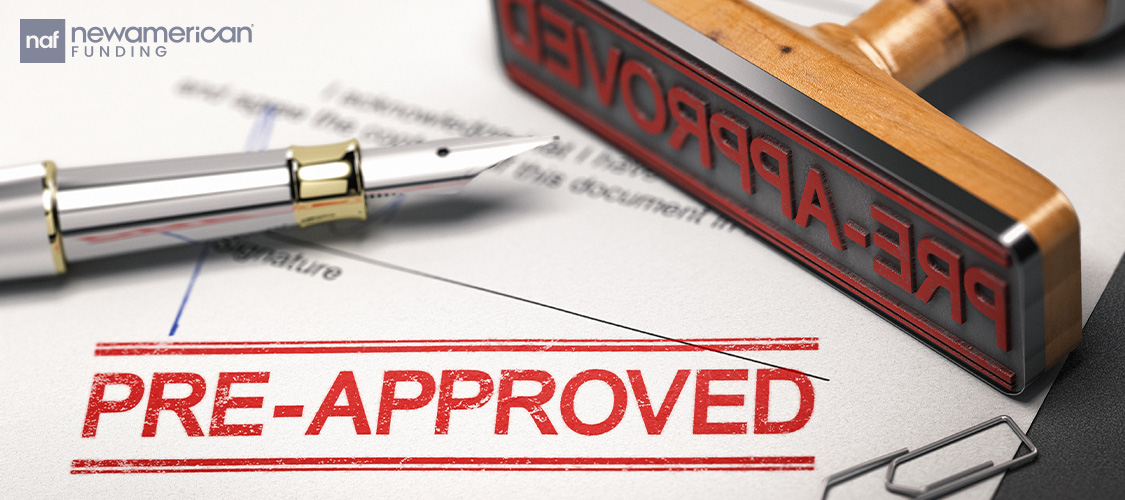
In today’s high-priced housing market, you may be wondering if you can afford a single-family home. The good news is that you may be able to afford more than you think—and there may be less expensive options that you may not have considered.
If you’re struggling to afford a single-family home, you may want to look into purchasing a condo, a manufactured home, or even a multi-family home, where you can live in one unit and rent out the others to help you pay your mortgage.
Co-buying with friends and family is another option that’s growing in popularity as it allows multiple people to pool their money together to increase their buying power.
There are also down payment assistance programs that many buyers may not realize are available. These programs can help with down payments and closing costs.
“I talk to people every day that tell me they can’t afford to buy a home,” said Dan Harrington, a New American Funding senior loan consultant based in Los Angeles, Calif. “When we run the numbers and go over programs a lot of people are pleasantly surprised with their buying power.”
Types of affordable homes
There are several alternatives to single-family homes that may be less expensive. Three of the most popular are:
Condos
A condominium (condo) is a housing unit inside of a building or complex that can be privately owned. Condos are often smaller than single-family homes and they generally share walls with other units. They’re common in cities, although buyers can find them in many suburbs and towns as well.
But what they lack in square footage (and big, private backyards) they may make up for in savings. Buying a condo may be a more affordable option depending on your local housing market.
It’s important to remember that condos have homeowners’ associations that have their own rules and regulations. This is especially important if you are buying with an FHA loan or VA loan as a condo must be approved by these agencies in order for you to qualify to buy using either loan.
“Approving a client for a condo purchase almost always includes qualifying the homeowners association,” said Harrington. “Among other requirements we need to make sure the HOA is fully funded, has no litigation against it, and has more than 50% owner-occupants.”
Manufactured homes
Manufactured homes are homes that are built inside of a factory, then installed on a plot of land. They are constructed to meet the U.S. Department of Housing and Urban Development’s (HUD) building code. And they are often more affordable than single-family homes that are built on site.
The average sales price for a new single-family home in Oct. 2024 was $545,800, according to the Census Bureau, while the average cost of a manufactured home is $124,300, according to the Manufactured Housing Institute (MHI).
Manufactured homes include mobile homes. Many buyers of these properties own the homes and the land that they sit on.
Lenders may require buyers seeking a mortgage to permanently attach the home to a site and purchase that land (if they don’t already own it) depending on the type of loan.
Multi-family homes
Another option is buying a multi-family home. While they may not be cheaper than single-family homes, duplexes, triplexes, and quadplexes can help homeowners earn income to pay off their mortgage.
“Clients can buy a 2-, 3- or 4-unit property, live in one unit and rent out the units,” said Harrington. “We can use the rent from the non-owner-occupied units to help them qualify for the loan. In some cases, the rent from the units covers the entire mortgage, property taxes, and insurance.”

Co-buying a home
An increasingly popular solution to housing affordability is co-buying. Co-buying a home is what it sounds like, buying a house with one or more people, usually friends or relatives or even a partner.
Co-buying isn’t always easy—and not just when choosing paint colors or design aesthetics. Buyers have to agree on the bigger things, like splitting the costs of maintenance and repairs, and what to do if one owner wants to sell their share in the property.
This arrangement requires communication and cooperation. However, it can also result in substantial savings if buyers are all sharing the down payment and closing costs, monthly mortgage payments, utility bills, and other expenses.
“Co-buying has its challenges and requires all the parties agree on terms and responsibilities, but [it also] allows people to cut their housing costs,” said Harrington.
Don’t give up
When people think of buying their own abode, they often assume that means a single-family home that they purchase on their own or with a partner. But there may be more options available.
“Homebuyers should stay positive and get educated,” said Harrington. “Talk to a professional to find out where you are and work together to get where you want to be.”




















